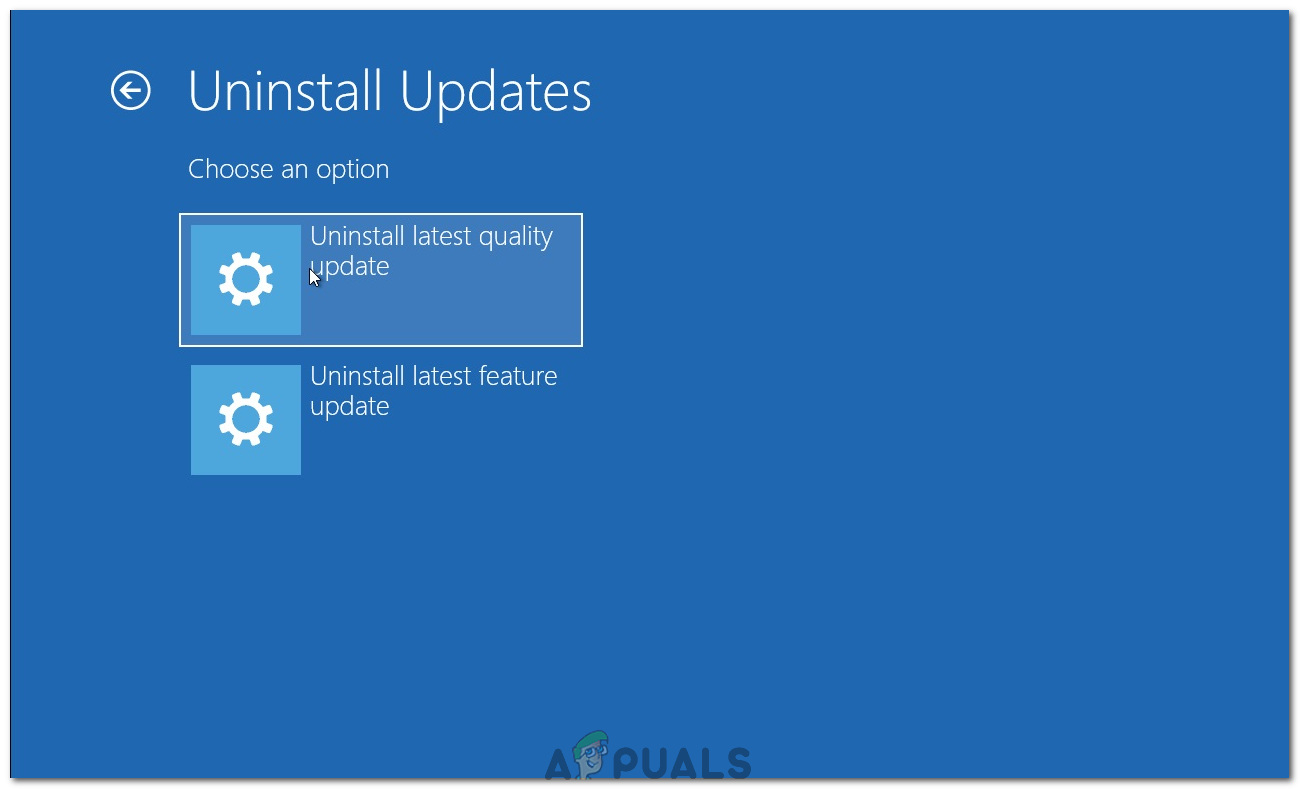This issue presents itself after a Windows Update. Installing a Windows Update triggers a reboot. This reboot is important for the complete installation of Windows Update. Once you reboot the system after a Windows Update, Windows will ask you to enter the login credentials and you’ll see a white or black screen afterward with a personalized settings (not responding) message at the top.
There are a couple of things that can cause this issue. The first and the most common thing that causes this issue is your File Explorer not being able to start. This is obviously caused by the Windows Update. That is the reason this is happening right after a Windows Update. The second thing that can cause this issue is your peripheral drivers. The latest Windows Update cannot start your device’s drivers (because of a bug) which leads to this issue. So, disconnecting your devices before the reboot or force starting the File explorer usually resolves this issue.
Tip
It is obvious that you won’t be able to perform any of the steps given below until you reach the Desktop. This issue will obviously prevent you from getting to the Desktop of your system. If you are in this situation then reboot. The number of reboots it takes to get to the desktop isn’t fixed but some users had to reboot 4 or 5 times until they were able to get to their Desktop. So, if 1 reboot doesn’t do the job then keep rebooting and you’ll eventually get to the Desktop screen without having to experience the personalized settings screen.Press “Windows” + “Ctrl” + “Shift” + “B” to refresh the GPU and check if that fixes this issue.If you are using a PIN to log in, try using your password instead of the PIN.If you are experiencing the issue after every update and you have to reboot multiple times in order to get to the Desktop then try to disable the network connection before rebooting or shutting down after an update. If you don’t know how to disable the network connection then follow the steps given below.Hold Windows key and press RType control panel and press EnterAccessing the Classic Control Panel interfaceClick Network and InternetSelect View network computers and devices. This should be under Network and Sharing CenterClick your network connectionSelect Disable
Method 1: Delete the Registry Key
Deleting the Windows Update Key has resolved the issue for the majority of the users. Once the Windows Update key is deleted, the key will be rebuilt again which will most likely solve the issue. So, follow the steps given below to locate and delete the Windows Update Key.
This should resolve the issue for you.
Method 2: Open File Explorer/Windows Explorer
This problem can be related to the File Explorer not starting up properly. So, one of the solutions to get rid of this issue is to simply start the File Explorer. One of the ways to open File Explorer is to open Task Manager and run a new task from there. You should be able to do this from the Personalized settings (not responding) screen as well. Simply follow the steps given below to open a File Explorer via Task Manager
This should let you get to the Desktop. Once you are on the desktop, wait a few minutes and then reboot and you should be able to get to the Desktop without any problem. Note: If this doesn’t resolve the issue or you can’t start the File Explorer then open the Task Manager again. Right-click the File Explorer from the Process tab and select End Task. You might notice that there is a (Not responding) message beside the File Explorer. Once done, follow the steps given above and check the box Create this task with admin privileges in step 4.
Method 3: Open File Explorer/Windows Explorer (Alternative)
This is just an alternative way of opening File Explorer via the Task Manager. You can either follow this or method 2. Both methods will yield the same results.
This should start the File Explorer and the problem should resolve afterward.
Method 4: Disconnect your Devices
If the first 3 methods didn’t solve the issue then the issue might be because of your device drivers. In some cases, your Windows Update will have a bug that will prevent your Windows to load the device drivers. So, the solution here is to reboot the system without any devices. Follow the steps given below for a proper step-by-step guide on how to disconnect and when to connect your devices after the Windows Update
Method 5: Uninstall Updates
For some users, the issue was being triggered due to corrupt updates being installed but they weren’t just caused by Quality updates, reports suggest that removing only both the Feature and Quality updates got their computer working. Therefore, in this step, we will be doing just that. Note: If even this doesn’t help, roll back the Windows updates in safe mode.
Fix: Printer Not RespondingFix: Firefox is not respondingFix: Your Computer Appears to be Correctly Configured, but the Device or…Fix: Outlook not Responding










